Free Courses Sale ends Soon, Get It Now


Free Courses Sale ends Soon, Get It Now


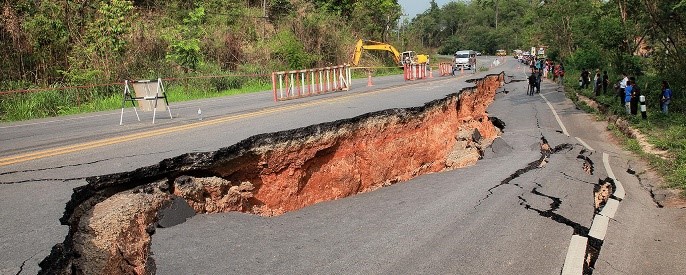
Disclaimer: Copyright infringement not intended.
Context:
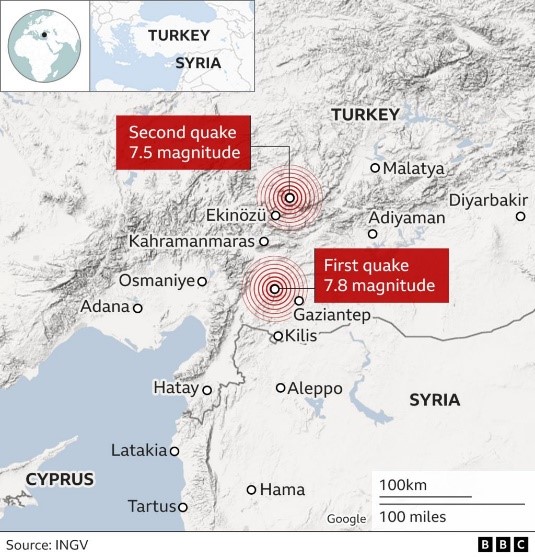
Earthquake:
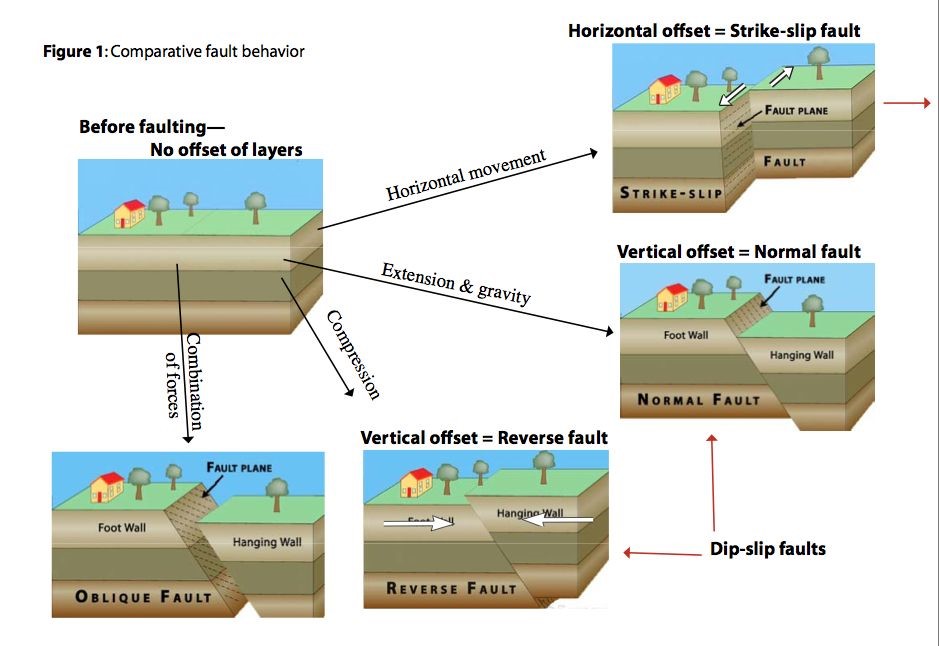
Types of Earthquakes:
Seismic Zones of India:
Seismic Active Zones:
|
Mercalli Scale: a twelve-point scale for expressing the local intensity of an earthquake, ranging from I (virtually imperceptible) to XII (total destruction). Richter scale: It is a scale of numbers used to tell the power (or magnitude) of earthquakes. |
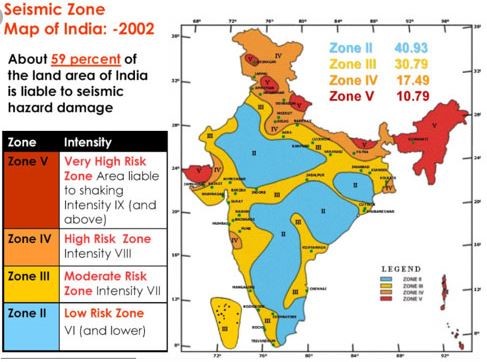
Types of Seismic Waves:
|
P-Waves |
S-Waves |
|
Recorded first on the seismograph. |
Recorded last on Seismic Waves |
|
Longitudinal waves: Shake the medium in the direction in which they are propagating |
Transverse waves: Shake the medium in the direction perpendicular to which they are moving |
|
Compressional waves |
Sheer waves |
|
Least destructive |
Slightly higher destructive power |
|
Can travel in all mediums; Solid, Liquid and Gas |
Can only move through solids |
|
Velocity: 5 to 8 km/s. |
60% the speed of P waves |
|
Faster than the S-waves. |
Slower |
|
Shadow Zone: 103° and 142° away from the epicentre |
Zone beyond 103° does not receive S-waves |
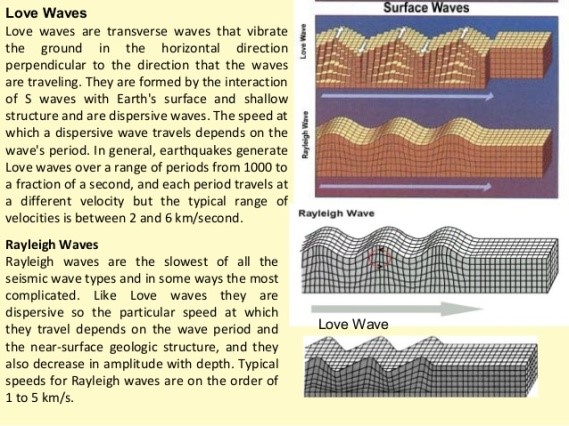
India and earthquakes:
1934 Bihar-Nepal Earthquake : 8.4 magnitude
1967 Koyna Earthquake : 6.5 magnitude
2001 Bhuj : 7.7 magnitude
2005 Jammu Kashmir Earthquake
Causes of Earthquakes in India
Impact of Earthquakes
Steps taken by Government to manage Earthquakes

International Cooperation
Challenges and Gaps in Earthquake management in India
Way Forward:

© 2024 iasgyan. All right reserved